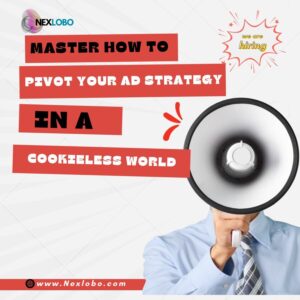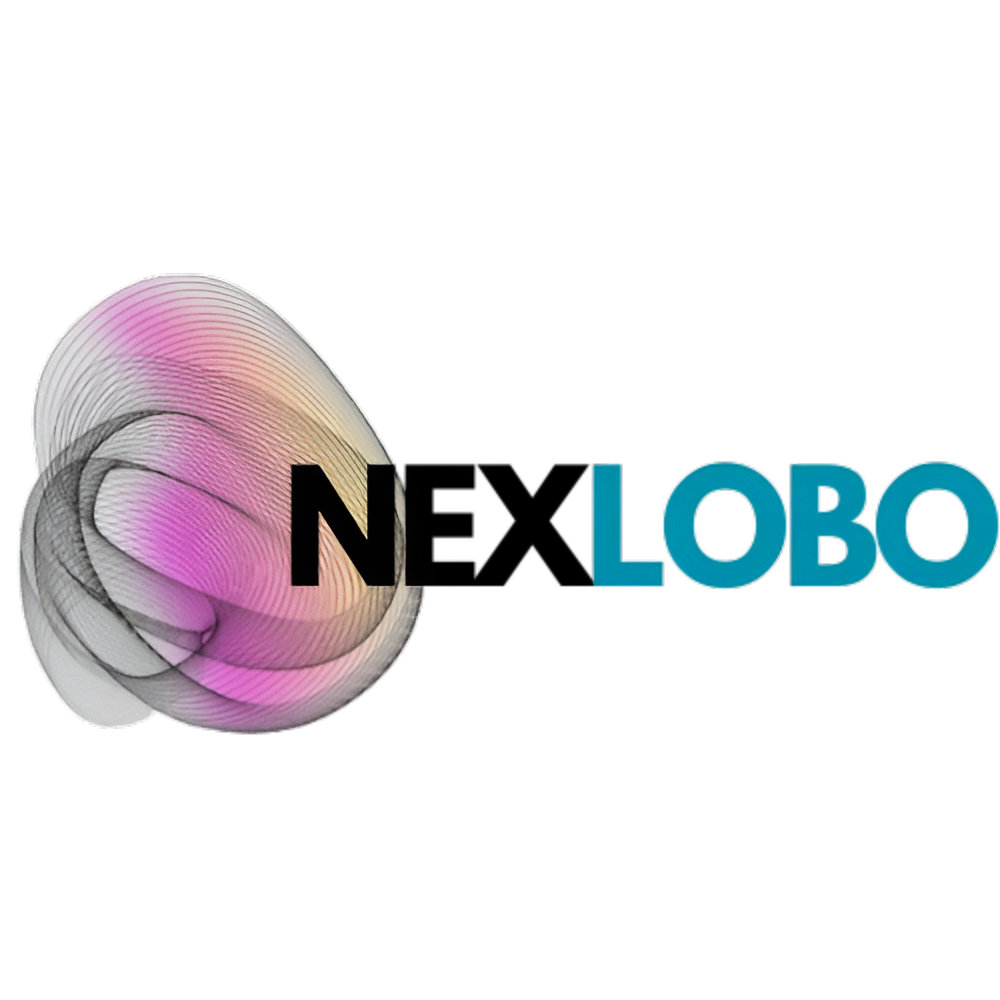Master How to Pivot Your Ad Strategy in a Cookieless World (Step-by-Step Guide)

Introduction: Why It’s Time to Rethink Your Ad Strategy
I still remember early 2023 — one of my eCommerce clients called me, worried. Their retargeting ads were underperforming, CPMs were rising, and conversions had dropped nearly 25% after Google began tightening cookie policies. That was my wake-up call. It was clear that learning how to pivot your ad strategy wasn’t just smart — it was essential for survival.
That experience pushed me to rebuild campaigns from the ground up — focusing on AI personalization, first-party data, and contextual advertising. The results were incredible: better targeting accuracy, lower costs, and improved engagement.
(If you want to dive deeper into cost optimization, I recommend checking out How to Reduce Programmatic Advertising Cost Without Hurting ROI (2025 Guide).)
Let’s break down the practical, real-world ways you can pivot your ad strategy successfully in the post-cookie era.
Understanding the Shift: Why You Must Pivot Your Ad Strategy
The removal of third-party cookies is one of the most significant changes digital advertisers have faced in a decade. For years, cookies powered cross-site tracking, behavioral targeting, and remarketing. But privacy regulations, user trust concerns, and browser restrictions have changed the rules.
When I first faced this shift, I thought my campaigns would lose their precision — but what I found was the opposite. By focusing on how to pivot your ad strategy, I realized that this new era emphasizes smarter targeting, deeper personalization, and transparency.
What’s Changing:
Third-party cookies are being phased out by Google Chrome.
Privacy regulations like GDPR and CCPA are stricter than ever.
Brands are moving toward first-party and zero-party data collection.
Predictive segmentation and AI-driven targeting are now essential.
The good news? You can still drive amazing results — but you must pivot your ad strategy wisely.
How to Pivot Your Ad Strategy Using First-Party Data
When I first began shifting my clients away from cookie-based data, it felt like starting from scratch. But once I began collecting first-party data — information gathered directly from users through email sign-ups, website interactions, and purchase histories — everything changed.
One retail client built an opt-in strategy offering a loyalty discount for signing up. Within two months, their email database grew by 47%, and their personalized ad campaigns generated 22% higher click-through rates.
Here’s How You Can Do It:
Collect customer data through email, surveys, and gated content.
Segment audiences based on purchase intent and engagement.
Use CRMs and Customer Data Platforms (CDPs) for unified tracking.
Respect privacy — make transparency part of your value proposition.
By mastering how to pivot your ad strategy using your own data, you’re not just replacing cookies — you’re building a more sustainable ecosystem.
How to Pivot Your Ad Strategy With AI Personalization
One of my biggest wins in recent years came from using AI personalization tools for a SaaS campaign. Previously, we served generic ads across multiple platforms. After introducing predictive models and real-time creative optimization, we reduced CPA by 33% while improving conversion rates by 18%.
How You Can Do It:
Use AI algorithms to detect user intent and serve dynamic content.
Test predictive segmentation to forecast purchase likelihood.
Use automated customer targeting to reduce wasted impressions.
Apply micro-segmentation for hyper-personalized messaging.
The ability to pivot your ad strategy with AI tools doesn’t just save money — it builds relevance and user trust at scale.
How to Pivot Your Ad Strategy With Contextual Advertising
Contextual targeting is back — and better than ever.
Instead of following users around the web, your ads now align with the content they consume. During one of my campaigns for a green energy brand, we placed ads on eco-friendly lifestyle blogs. Engagement increased by 24%, and cost per engagement fell by 19%.
Implementation Tips:
Match ad content to page topics and sentiment.
Use AI-powered tools like Oracle Contextual Intelligence or GumGum.
Focus on themes your audience loves, not just keywords.
If you’re wondering how to pivot your ad strategy for long-term sustainability, contextual advertising should be your first stop.
How to Pivot Your Ad Strategy With Predictive Analytics
I’ve always believed that great marketing is about anticipation — not reaction. That’s why predictive analytics has become one of my favorite tools in modern advertising.
For a healthcare client, we used GA4’s predictive audiences to forecast user behavior. The result? A 29% improvement in campaign efficiency and more accurate audience retargeting.
Actionable Steps:
Analyze your historical campaign data for trends.
Use predictive tools like Adobe Sensei, Google Ads Smart Bidding, or HubSpot AI.
Combine predictive insights with first-party data for maximum accuracy.
Learning how to pivot your ad strategy through data foresight lets you outsmart competitors — not just outspend them.
How to Pivot Your Ad Strategy Through Ethical Transparency
Transparency builds loyalty. When users feel informed and respected, they’re more likely to engage and share their data.
I once worked with a fintech startup that rewrote its privacy policy in plain language and implemented consent checkboxes with simple value explanations. Opt-in rates rose by 27%, and user trust metrics improved noticeably.
Try This:
Update privacy policies in human language.
Offer incentives (discounts, guides, resources) for consent.
Clearly communicate how you use data — and why it benefits the user.
Ethics isn’t just good PR — it’s good business. This is how you pivot your ad strategy to align with user values.
Real-Life Example: How We Successfully Pivoted an Ad Strategy
One of my proudest moments as a marketer came in 2024 when helping a B2B SaaS company navigate cookie deprecation. Their ad ROI had dropped sharply, and they were losing confidence in digital channels.
Here’s what we did:
Rebuilt campaigns around first-party CRM data.
Deployed predictive segmentation using AI.
Shifted to contextual and interest-based placements.
Introduced transparency-focused consent banners.
Within 10 weeks, conversions increased by 34%, and cost per lead dropped by 21%. The key wasn’t spending more — it was learning exactly how to pivot our ad strategy with intelligence and empathy.
The Future: What Comes After the Pivot
The transition from third-party cookies is more than a technical update — it’s a mindset shift. Advertisers now need to embrace privacy-first personalization.
What’s Next:
Cookieless measurement frameworks.
Increased reliance on AI and first-party ecosystems.
Seamless integration between SEO, ads, and content strategies.
If you’re ready to align measurement and performance in this new landscape, I recommend reading How to Measure Ad Performance Beyond Clicks and Impressions (2025 Strategy).
Conclusion: Adapt Today or Lag Tomorrow
As someone who’s managed ad budgets across industries, I can confidently say that the marketers who learn early how to pivot their ad strategy are the ones who will thrive in 2025 and beyond.
The loss of third-party cookies isn’t the end — it’s the rebirth of smarter, trust-driven advertising. Focus on first-party data, embrace predictive segmentation, and let AI guide your personalization. Your ROI — and your customers — will thank you for it.







Leave a Reply